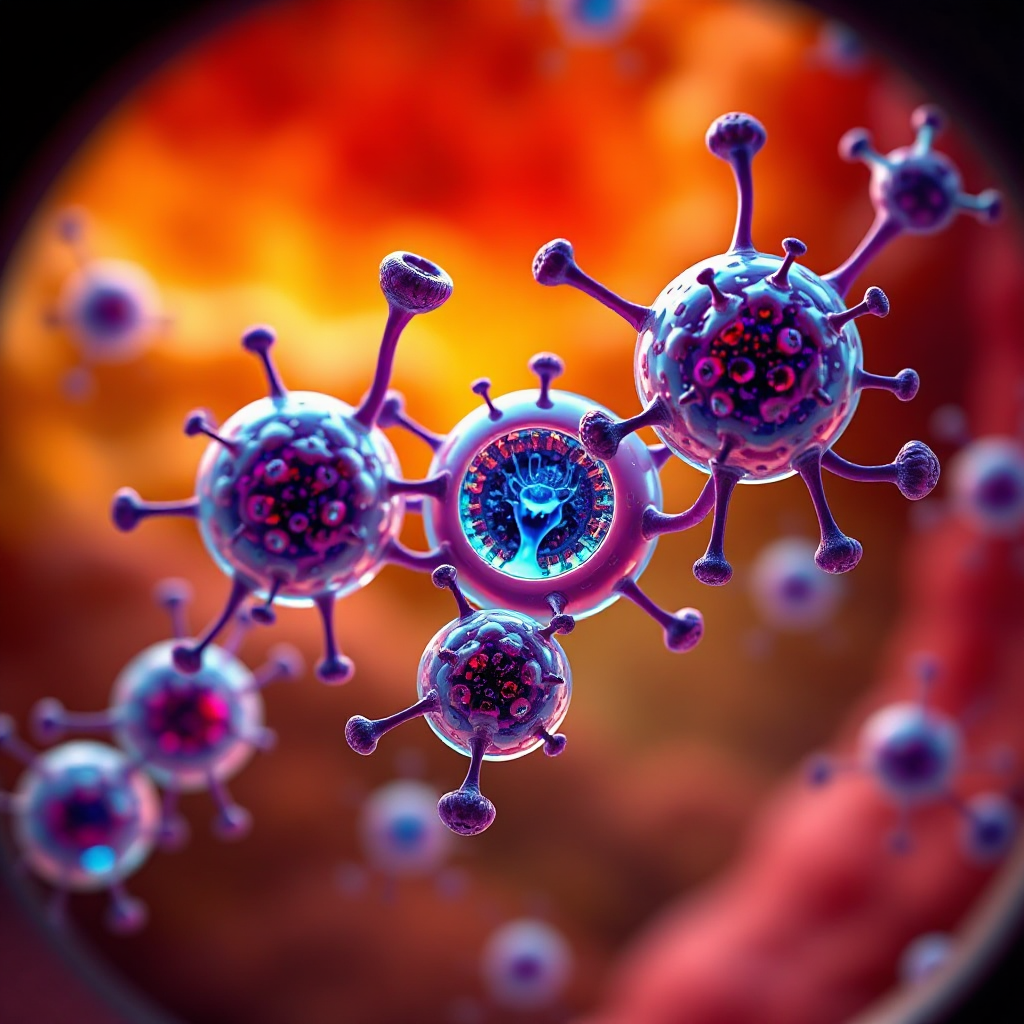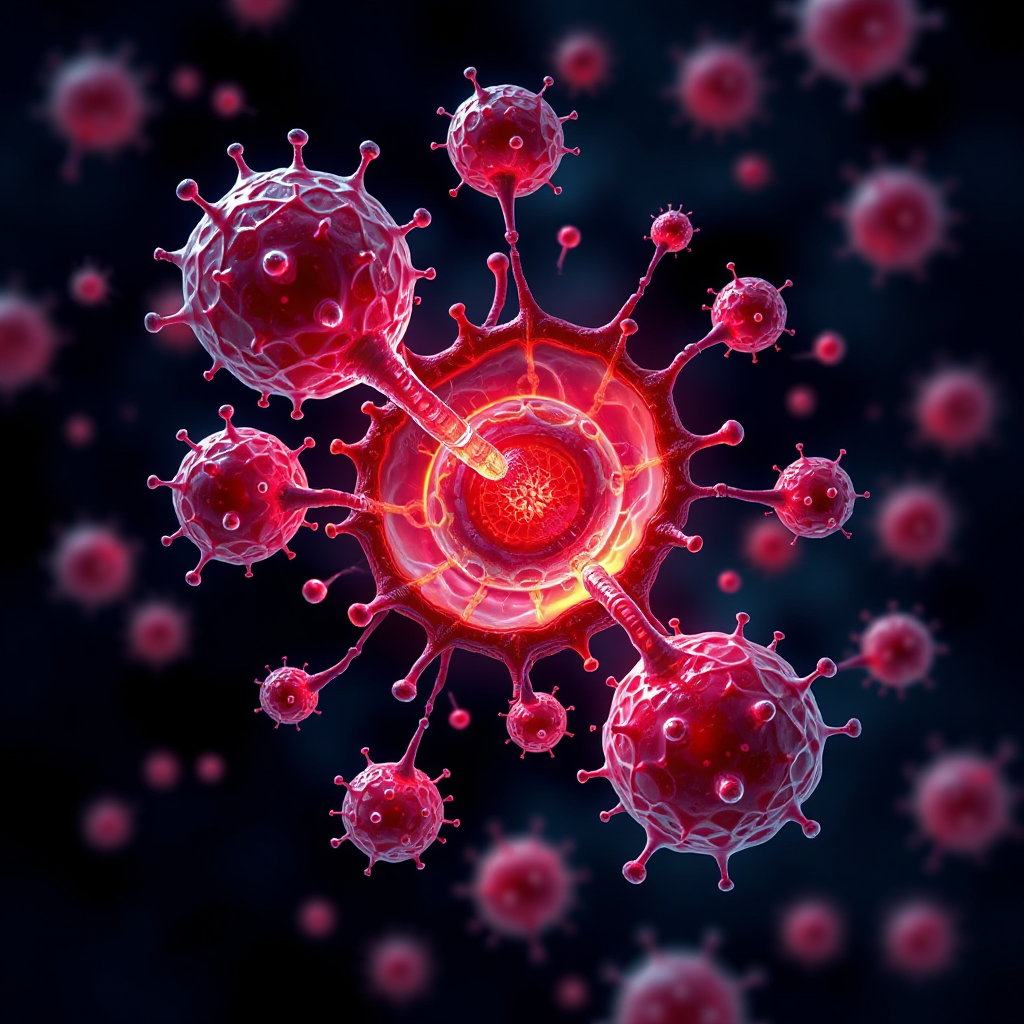What Are the Signs of Urethral Cancer?

Urethral cancer is a rare disease, accounting for less than 1% of all cancer diagnoses. It develops in the tissues of the urethra, the tube responsible for urine excretion and, in men, semen passage. Symptoms like blood in the urine or pelvic pain may seem minor but could indicate serious issues. Early detection significantly improves survival rates, with studies showing better outcomes when diagnosed promptly. If you notice persistent urinary symptoms, seek medical advice without delay. Recognizing these signs early can make a critical difference in treatment success.
Key Takeaways
Seeing blood in your urine can be an early warning. Don't ignore it, even if it seems small.
Talk to a doctor if urinating hurts or happens too often. These could mean something serious.
Ongoing pain in your pelvis or strange lumps in your groin might mean advanced urethral cancer. See a doctor quickly.
Finding it early makes treatment work better. Get help right away if you notice anything unusual.
Regular doctor visits and knowing risks, like smoking or HPV, can lower your chances of getting urethral cancer.
Symptoms of Urethral Cancer

Early Symptoms
Blood in the urine
One of the earliest signs of urethral cancer is blood in your urine, also known as hematuria. This symptom may appear as pink, red, or brown discoloration in your pee. Even if the bleeding seems minor, it should not be ignored.
Painful or frequent urination
You might experience pain or a burning sensation when urinating. Frequent urination, especially at night, can also signal a problem. These symptoms often overlap with other urinary conditions, so consulting a doctor is essential.
Weak or interrupted urine stream
A weak or interrupted urine stream can indicate a blockage in the urethra. This symptom may make it difficult for you to empty your bladder completely.
Advanced Symptoms
Pelvic or lower abdominal pain
As urethral cancer progresses, you may feel persistent pain in your pelvic region or lower abdomen. This discomfort often worsens over time and may interfere with daily activities.
Swelling or lumps in the groin
Swelling or lumps in your groin area could suggest that the cancer has spread to nearby lymph nodes. These lumps may feel firm or tender to the touch.
Discharge from the urethra
Unusual discharge, such as clear, white, or off-white fluid, may come from your urethra. This symptom often accompanies other advanced signs like irritation or difficulty urinating.
Gender-Specific Symptoms
Symptoms unique to men
Men with urethral cancer may notice swelling or lumps in the penis or perineum. Pain during urination or sexual activity is another common symptom.
Symptoms unique to women
Women might experience vaginal bleeding or discomfort, especially during urination. Changes in urination patterns, such as increased frequency or urgency, are also common.
Tip: If you notice any of these symptoms, seek medical advice promptly. Early detection can improve treatment outcomes and prevent complications.
Diagnosis Methods for Urethral Cancer

Medical History and Physical Exam
Assessing symptoms and risk factors
When diagnosing urethral cancer, your doctor will begin by asking about your symptoms and medical history. They may inquire about any urinary issues, past illnesses, or family history of cancer. Risk factors such as smoking, chronic urinary tract infections, or exposure to HPV will also be assessed.
Description | |
|---|---|
Being male | Urethral cancer is more common in men due to the longer male urethra. |
History of bladder cancer | Individuals with a history of bladder cancer may have an increased risk of urethral cancer. |
Older age | The risk of urethral cancer increases with age. |
Infection with HPV | HPV infection, particularly high-risk strains, is a known risk factor for urethral cancer. |
Smoking | Cigarette smoking is a well-established risk factor for urethral cancer. |
Long-term irritation and inflammation | Chronic irritation or inflammation of the urethra can elevate the risk of cancer development. |
Physical examination of the pelvic area
A physical exam will help your doctor identify any unusual lumps or swelling near the urethra. They may also perform a rectal or gynecological exam to check for signs of cancer spreading to nearby organs.
Note: Early detection through a thorough medical history and physical exam can improve treatment outcomes.
Imaging Techniques
Ultrasound
Ultrasound uses sound waves to create images of your internal organs. It can help detect abnormalities in the urethra or surrounding tissues.
CT scan or MRI
CT scans and MRIs are essential for evaluating the extent of urethral cancer. MRI provides detailed images of soft tissues and lymph nodes, making it particularly effective for staging the disease. CT scans, while less detailed, are still valuable for assessing tumor invasion.
Cystoscopy (visual examination of the urethra and bladder)
Cystoscopy involves inserting a thin tube with a camera into your urethra to examine the area directly. This method is highly sensitive for detecting lower urinary tract cancers. However, it may not visualize the entire urethra if strictures are present.
Laboratory and Biopsy Tests
Urine tests for blood or abnormal cells
Your doctor may analyze your urine for traces of blood or abnormal cells. These tests can provide early clues about potential cancer.
Biopsy to confirm cancer presence
A biopsy is the most definitive way to diagnose urethral cancer. During this procedure, your doctor will remove a small tissue sample from the affected area for analysis. This process often follows a cystoscopy and helps confirm the presence of cancer.
Tip: A biopsy not only confirms the diagnosis but can also guide treatment decisions based on the tumor's characteristics.
Staging and Grading
Determining cancer spread
Understanding how far urethral cancer has spread is crucial for planning effective treatment. Doctors use the TNM system to evaluate three key factors:
Tumor size and extent (T): This assesses how deeply the tumor has invaded the urethra and surrounding tissues.
Lymph node involvement (N): This determines if cancer has reached nearby lymph nodes.
Metastasis (M): This checks if cancer has spread to distant organs.
To establish the stage, healthcare providers rely on various exams and tests. These include imaging techniques like CT scans, MRIs, and PET scans. A biopsy also plays a vital role in confirming the type of cancer and determining if it has spread. The stage of cancer directly influences the treatment plan. For example, early-stage cancers may only require localized treatments, while advanced stages often need more aggressive approaches.
Evidence | Description |
|---|---|
Staging Importance | Staging is the primary factor influencing the type and extent of treatment. |
Tip: Early detection and accurate staging improve your chances of successful treatment.
Evaluating cancer aggressiveness
Doctors assess the aggressiveness of urethral cancer by grading the tumor. The grade reflects how abnormal the cancer cells look under a microscope. High-grade tumors grow and spread faster than low-grade ones. This information helps doctors predict the cancer's behavior and choose the best treatment options.
Several methods help evaluate aggressiveness:
Urine tests: These check for cancer cells, blood, and other abnormalities.
Blood tests: These identify signs of cancer or other diseases in your blood.
Imaging tests: CT scans and MRIs provide detailed views of the urethra and surrounding tissues.
Cystoscopy: This procedure allows doctors to collect tissue samples for further analysis.
Method | Description |
|---|---|
Urine tests | Check for cancer cells and white blood cells, analyze blood, sugar, and protein in urine. |
Blood tests | Evaluate signs of cancer or other diseases in the blood and assess blood cell types. |
Imaging tests | CT scans or MRIs provide detailed views of the urethra and surrounding tissues. |
Cystoscopy | Involves inserting tools through a cystoscope to perform a biopsy for tissue testing. |
By combining staging and grading results, your doctor can create a personalized treatment plan tailored to your specific condition.
When to Seek Medical Advice
Persistent Symptoms
Symptoms lasting more than a few weeks
If you experience symptoms like blood in your urine, painful urination, or changes in your urination habits for more than a few weeks, it’s time to consult a doctor. These signs may seem minor, but they could indicate a serious condition, including urethral cancer. Ignoring persistent symptoms can delay diagnosis and treatment, potentially worsening your health.
Worsening or unexplained symptoms
Symptoms that worsen over time or appear without a clear cause should not be ignored. For example, lumps in the groin, unusual discharge, or pelvic pain may signal advanced stages of urethral cancer. Seeking medical advice early can help identify the root cause and lead to timely treatment.
Key Indicators to Watch For:
Discharge from the urethra
Blood in urine
Lumps in the penis or perineum
Risk Factors
History of urinary tract issues or urethral strictures
A history of urinary tract problems, such as chronic infections or urethral strictures, increases your risk of developing urethral cancer. These conditions can cause long-term irritation and inflammation, which may contribute to cancer development.
Exposure to harmful chemicals or radiation
Exposure to harmful substances, such as certain chemicals or radiation, can damage the urethra over time. This damage may elevate your risk of cancer. If you have a history of such exposure, regular check-ups with your doctor are essential.
Risk Factor | Description |
|---|---|
Being male | Urethral cancer is more common in men due to the longer male urethra, providing more area for cancer development. |
History of bladder cancer | Individuals with a history of bladder cancer are at an increased risk of developing urethral cancer. |
Advanced age | The risk of urethral cancer increases with age, likely due to cumulative exposure to various risk factors. |
Infection with HPV | Infection with high-risk strains of HPV is identified as a significant risk factor for urethral cancer. |
Smoking | Cigarette smoking is a well-established risk factor for urethral cancer. |
Long-term irritation and inflammation | Chronic irritation and inflammation of the urethra may contribute to cancer development. |
Importance of Early Detection
Improved treatment outcomes with early diagnosis
Early detection plays a critical role in improving treatment outcomes. Survival rates for urethral cancer are significantly higher when the disease is diagnosed at an early stage. By identifying the cancer before it spreads, doctors can offer more effective and less invasive treatments.
Avoiding complications from delayed treatment
Delaying treatment can lead to complications, including cancer spreading to other parts of the body. Early diagnosis not only improves survival rates but also reduces the likelihood of requiring aggressive treatments. If you notice any concerning symptoms, don’t wait—schedule a medical evaluation promptly.
Urethral cancer is a rare but serious condition. Early stages may not show symptoms, but common signs include:
Blood in the urine.
Pain or difficulty during urination.
Lumps or swelling in the groin.
Discharge from the urethra.
Diagnosis involves a combination of physical exams, imaging tests, and biopsies. Doctors may also use urine cytology to detect abnormal cells. If you experience any of these symptoms, consult a healthcare provider promptly. Early detection improves treatment outcomes and reduces complications.
For more information, visit resources like the National Cancer Institute's Urethral Cancer—Patient Version or call 1-800-4-CANCER for assistance.
FAQ
What causes urethral cancer?
Urethral cancer develops when cells in the urethra grow abnormally. Risk factors include chronic inflammation, HPV infection, smoking, and a history of bladder cancer. While the exact cause isn’t always clear, reducing these risks can help lower your chances of developing the disease.
Can urethral cancer be prevented?
You can reduce your risk by avoiding smoking, practicing safe sex to prevent HPV, and managing chronic urinary conditions. Regular check-ups and early treatment of urinary tract issues also play a key role in prevention.
Is urethral cancer treatable?
Yes, urethral cancer is treatable, especially when detected early. Treatment options include surgery, radiation therapy, and chemotherapy. Your doctor will recommend a plan based on the cancer’s stage and grade.
How common is urethral cancer?
Urethral cancer is rare, accounting for less than 1% of all cancers. It is more common in individuals over 50 and in men due to anatomical differences in the urethra.
Should I see a specialist for urethral cancer?
Yes, consulting a urologist or oncologist is essential. These specialists have the expertise to diagnose and treat urethral cancer effectively. Early consultation improves your chances of successful treatment.
Tip: If you notice unusual symptoms like blood in your urine or pelvic pain, don’t delay seeking medical advice.
See Also
Identifying The Signs Of Kidney Cancer You Should Know
Understanding Bladder Cancer: Symptoms And Their Causes
Recognizing The Symptoms Associated With Appendix Cancer
